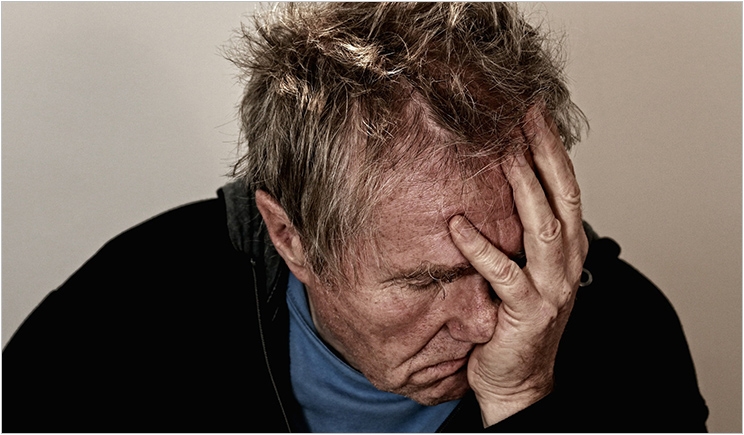
Post-traumatic stress disorder (PTSD) hurts more than the mind. It also takes a toll on the body. Specifically, PTSD increases the potential for orofacial pain and affects the biomechanics of the masticatory system. And as PTSD United reports, 24.4 million people in the United States have PTSD at any given time—or 8% of the population, meaning dentists inevitably will see its effects in some of their patients.
Researchers at the University of São Paulo in Brazil set out to quantify these effects via a case-control study, recording probing pocket depth, clinical attachment level, bleeding on probing, and plaque at 6 sites per tooth in 38 PTSD patients and 38 controls. A visual analog scale was used to evaluate pain after probing. The Research Diagnostic Criteria for Temporomandibular Disorders Axis II and Structured Clinical Interview were applied as well.
The patients with PTSD had a higher degree of chronic pain, more depression, and more nonspecific physical symptoms compared to the controls. However, there was no difference related to periodontal clinical parameters. The researchers believe more studies are needed to confirm these findings. Researchers Ana Cristina de Oliveria Solis, DDS, PhD, and Francisco Lotufo-Neto, MD, PhD, recently shared their insights about the study with Dentistry Today.
Q: What were the primary causes of the PTSD in the subjects that you studied?
Lotufo-Neto: Our patients were exposed to traumatic events related to urban situations such as physical assault, sexual assault, rape, traumatic death of a loved one, imprisonment with torture, kidnapping, natural disasters, and accidents.
Q: Could any of these causes be the direct sources of the difficulties in oral health, such as a facial injury?
Solis: PTSD is usually related to higher levels of orofacial pain. Many war studies have reported this finding. We observed similar descriptions in urban situations. Additionally, there were some patients who exhibited facial injury directly related to the traumatic event. For example, one patient suffered serious physical aggression that resulted in facial bone fracture and tooth loss. The other ones suffered physical aggression that culminated with tooth fracture and tooth loss.
Q: Without such a direct cause, how can PTSD lead to orofacial pain and changes in mastication?
Solis: Bruxism, malocclusion, and sleep disturbance may also account for this painful condition during periods of stress.
Q: Can PTSD interfere with oral hygiene routines?
Solis: Interestingly, patients with PTSD exhibited similar oral hygiene and periodontal health profiles compared to controls. Furthermore, we observed the same frequency of tooth brushing and use of dental floss. Our study contrasted with the data from war studies. In war situations, it appeared that exposures related to tobacco and alcohol exert an important impact in oral hygiene and periodontal health. In urban situations, this was not observed. The higher frequency of never-smokers and alcohol abuse in our sample explain our findings.
Q: With these findings in mind, what should dentists do to better care for patients who have PTSD?
Lotufo-Neto: Patients are ashamed of their traumatic experiences, and many will inform dentists only if they’re asked and a good clinician-patient relationship was established. Once PTSD is detected, it is important to refer these patients to mental health professionals. The multidisciplinary treatment is the better approach. Also, during the dental and periodontal examination, some patients may relate higher levels of pain. Dentists should be advised about this clinical characteristic. Conventional dental treatment usually can be established with the support of psychiatrists and/or psychologists.
The study, “Impact of Post-Traumatic Stress Disorder on Oral Health,” was published by the Journal of Affective Disorders.
Related Articles
Adherence to Guidelines After Dental Trauma Ensures Positive Outcomes
How to Spot Child Abuse Among Your Patients
Head and Neck Cancer Patients Likely to Face Depression


